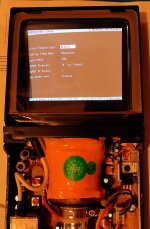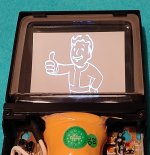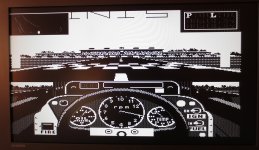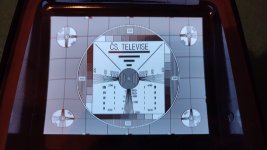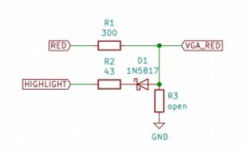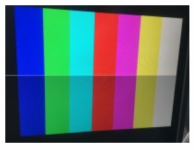Unless you have a very unusual "modern" LCD monitor that can reach down to 18.432Khz horizontal/50Hz vertical, that circuit isn't going to work. It was fairly easy to "tweak" CRT monitors into that range, but probably not LCDs.
A scan converter would be the ticket, I think.
Since I started this thread, I wanted to tell folks where it is at (and I have no complaints about thread drift).
The board is a CGA not MDA as I originally thought, and I think I mentioned that.
I slopped together the CGA portion of the circuit. I had most of the components (used 914s instead of 4148s, but so what?), but I only had 10K pots and I used them.

Using the 2008 Venturer PLV76198 LCD monitor that I mentioned, did NOT work. Despite burning incense and chanting (that is, checking and rechecking a simple circuit, cussing a lot and essentially banging my head). Seemed like for a moment or two, I might have seen a whisper of something on the screen, but only for an instant and it could have been a hallucination.
The mysterious 2-pin connector on the board that I mentioned had essentially no voltage on it and that remained constant). The equally mysterious pin 7 on the CGA output DID have ~1 volt. Thinking it may have been composite out, I tested that with the same non-result. Consistent with accepting "you can't get there from here", I let it sit for a while.
Then I remembered that I had another monitor that I use for my Jetson Nano. I bought this new for $49.99 in April of 2019. RCA RT1970 - has HDMI and a host of other I/O - works pretty well with the Jetson. For S&G, I look through the manual and see this:
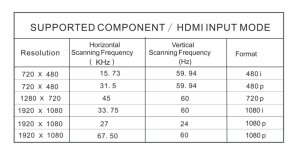
Hmmmm. So that is what led me to slop that circuit and:

WooFreakinHoo! Now it's off to find whatever I kept as 5.25 PC floppies. I don't even find a full version of any DOS, just bits and pieces of old projects and zips (and arcs) of Turbo C stuff. Undaunted, I play around looking at old programs that actually run, like this one, which was a poker simulation that I had a lot of fun writing many years ago.
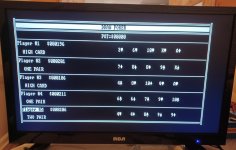
After a day or so of "oh yeah, I remember that", I get back to business and start trying to resurrect the 225. Spinrite (the old version I still had on floppy and newer versions that I finagled onto floppy wanted no part of it). Checkit led me to believe that the XTGEN controller may be ok, but some (not all) of the surface, is toast.

Next stop is LL format land. With a short stop at 3.5" floppy land.
Why did I want to do all this stuff again?


